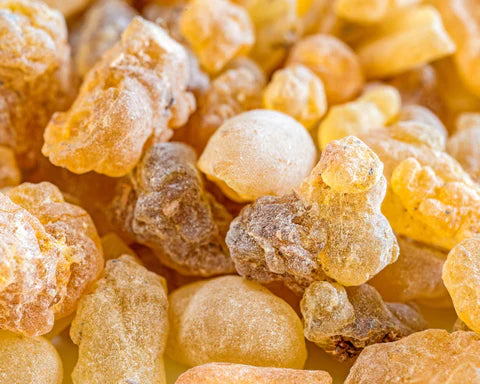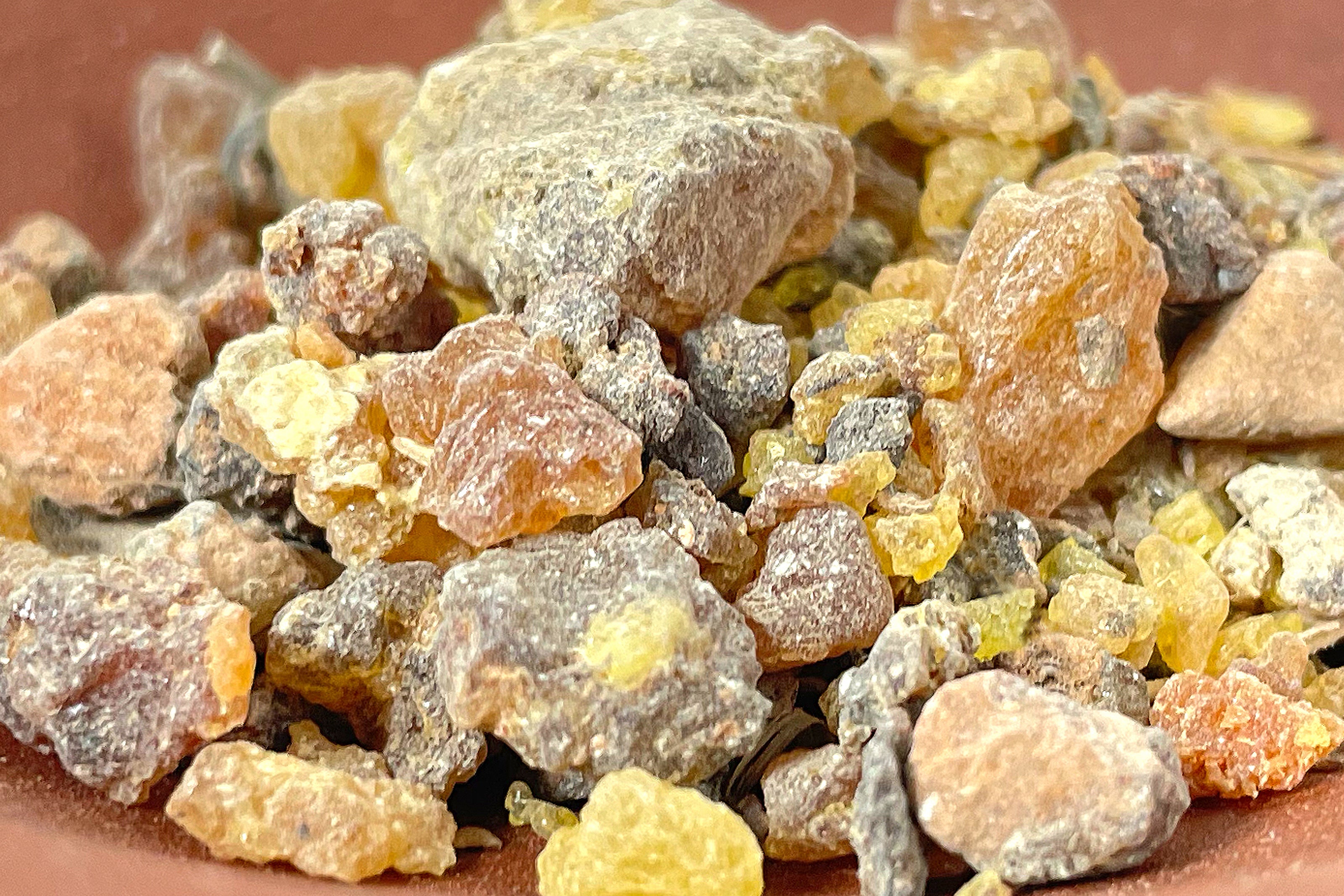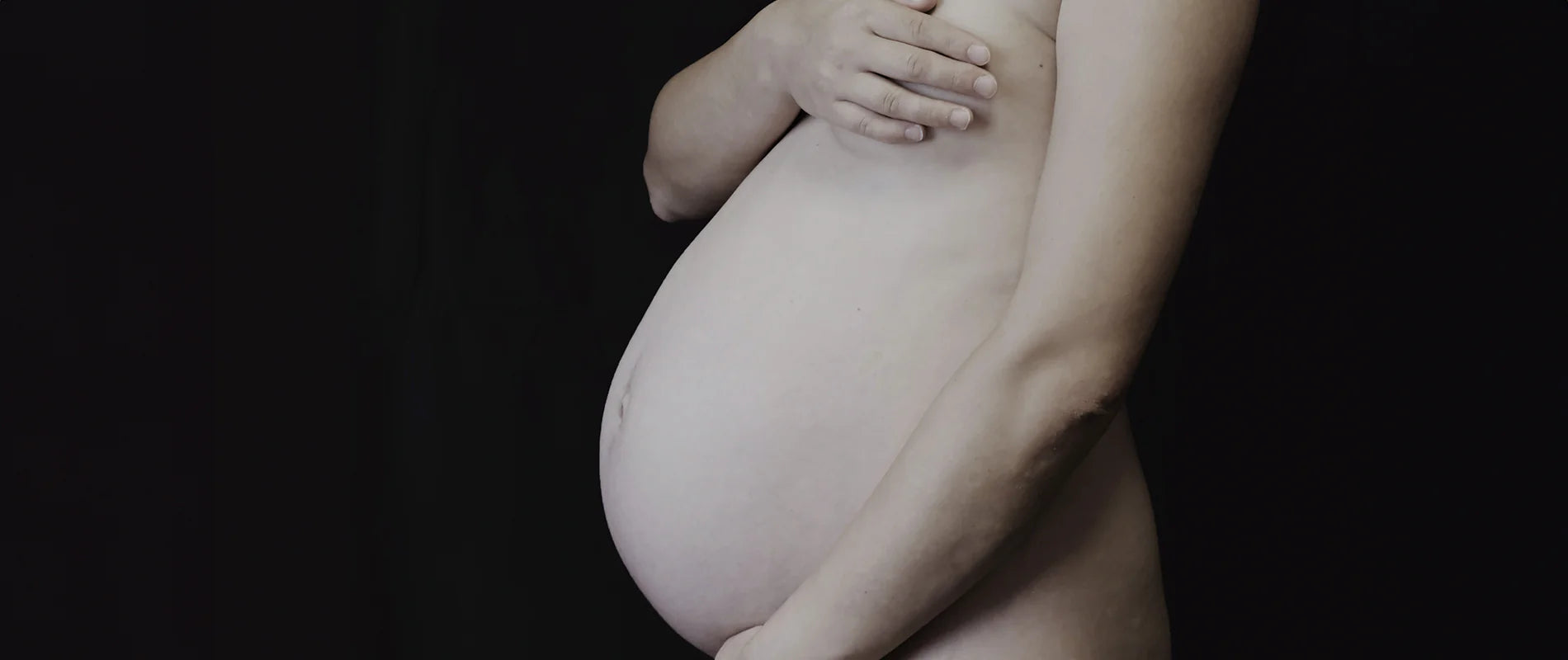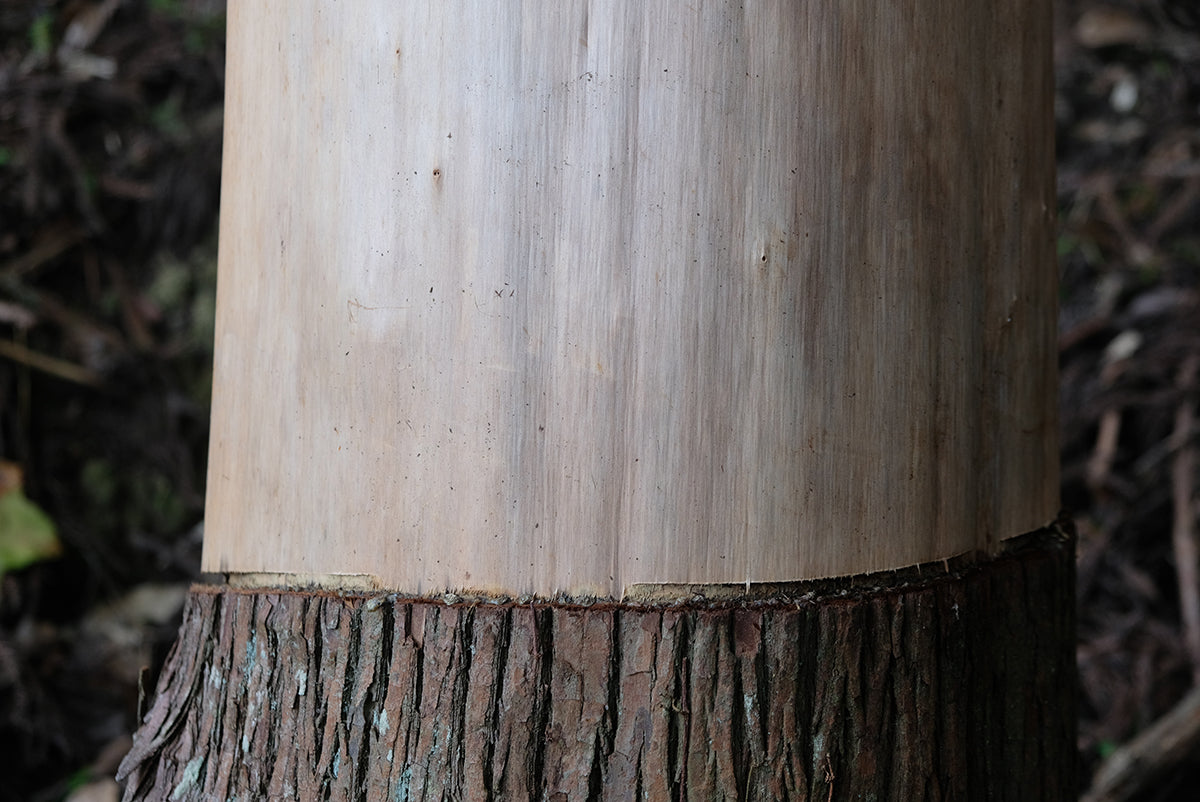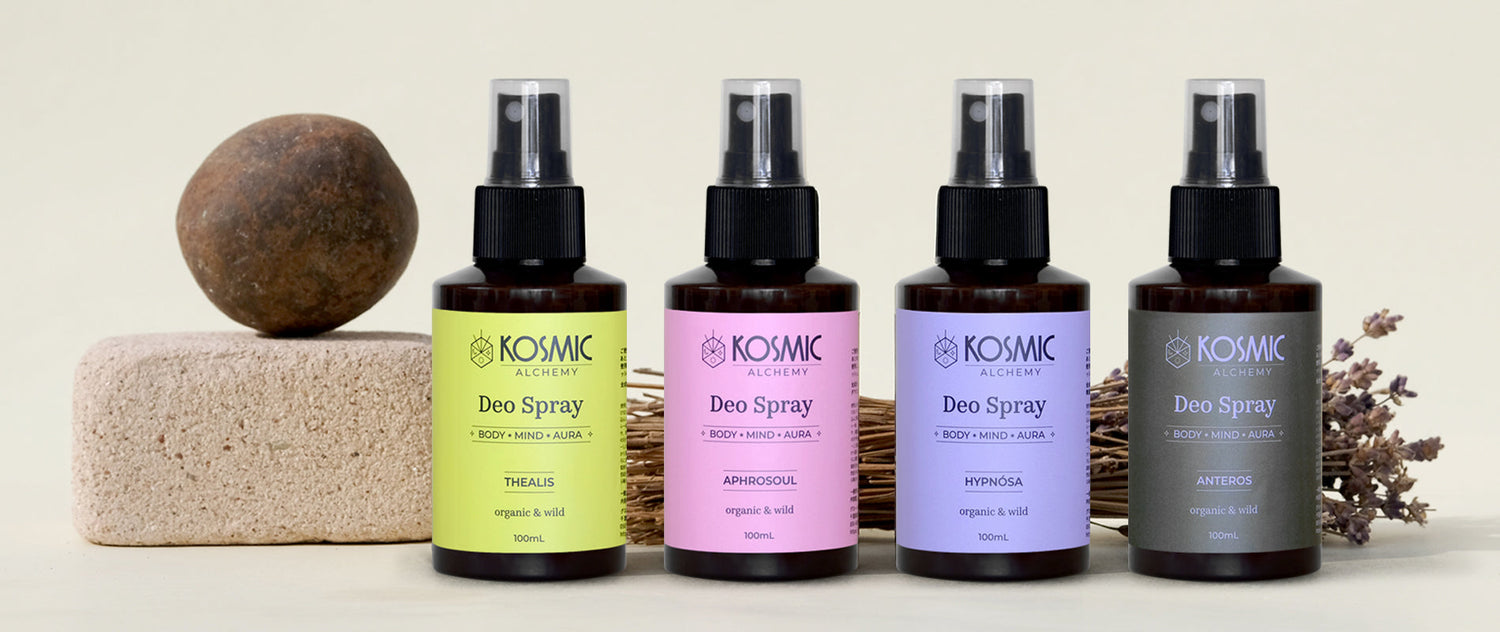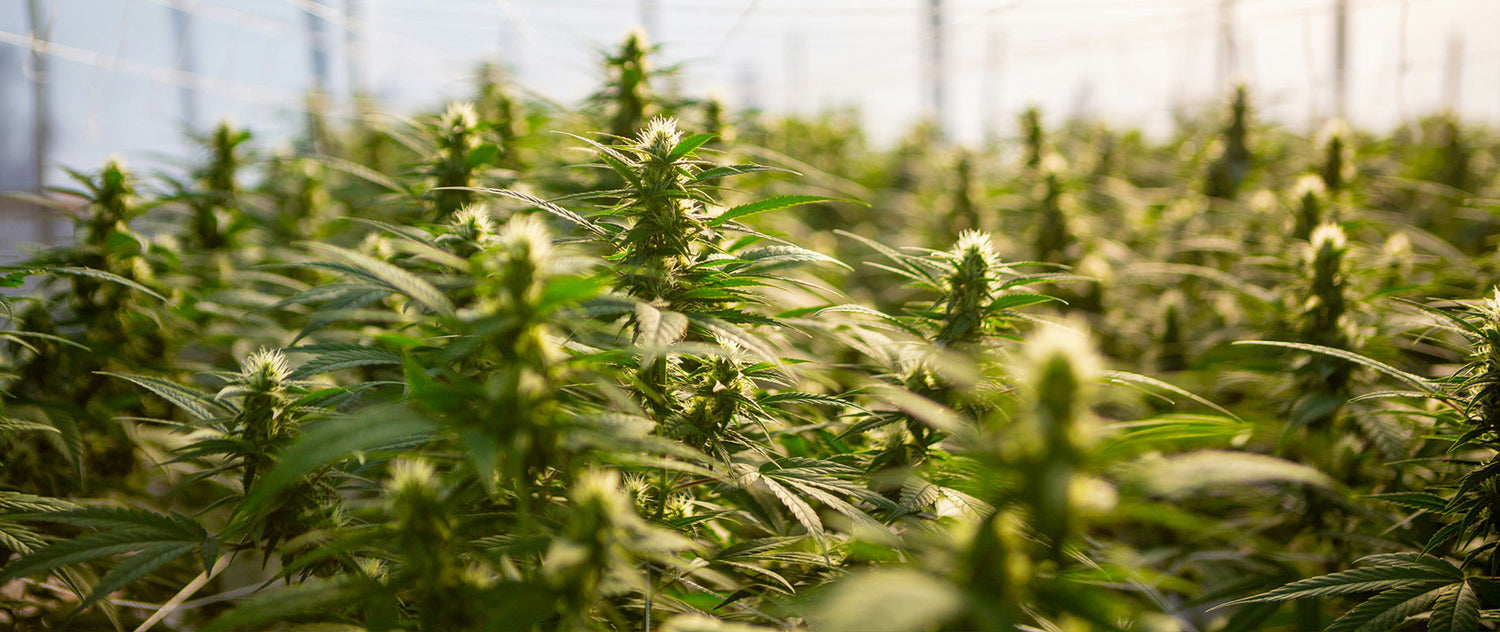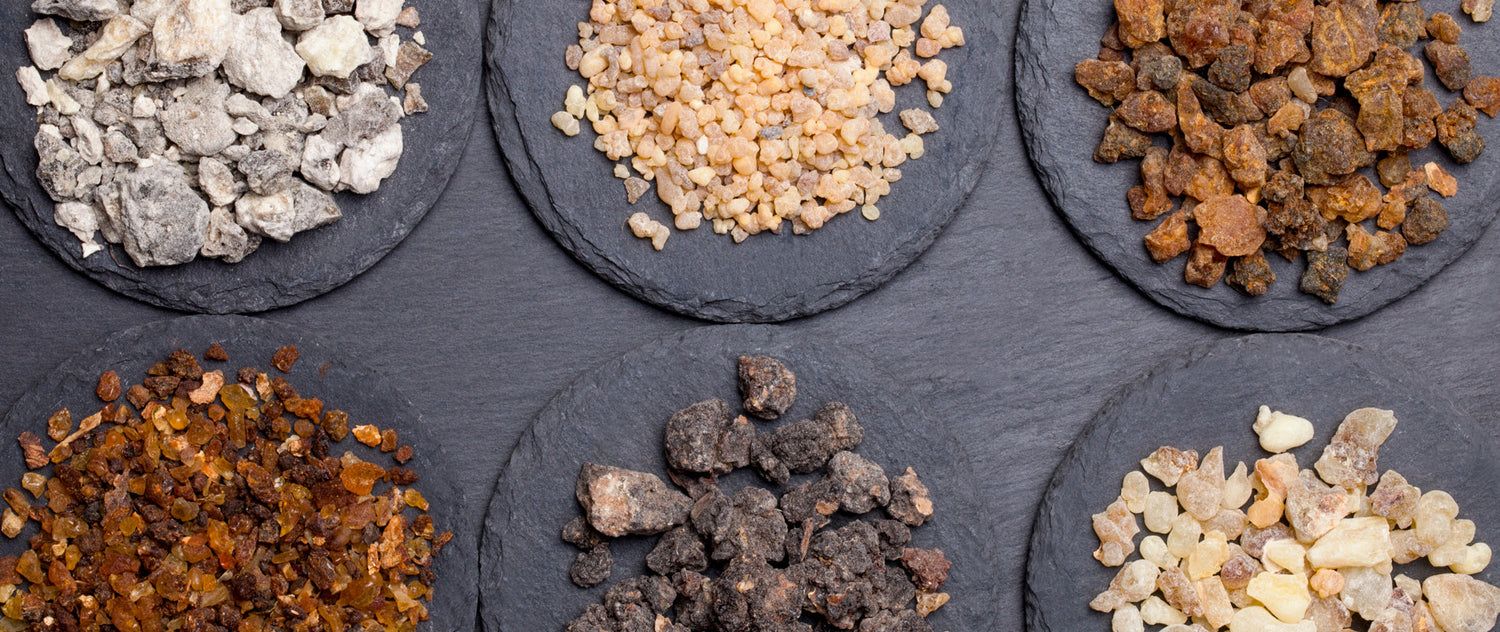
Frankincense
- Oshadhi's Essential Oils Explanation -
Frankincense Wild
Frankincense CO2 Organic
Frankincense Brazilian Wild
Points to consider when choosing Frankincense
[Differences in production areas]
Even if the plant is the same variety, its growth conditions will vary depending on the local climate and soil.
This results in differences in ingredient structure and scent.
India: Boswellia serrata, also known as Indian frankincense, has a light fragrance.
Somalia...Generally speaking, frankincense is "Boswellia carterii"
Brazil: A refreshing scent that combines the scent of frankincense with a hint of citrus.
Oman: Boswellia sacra, the finest frankincense
[Differences in distillation methods]
Steam distillation: The raw materials are placed in a distillation pot and the essential oil components are extracted using steam. At this time, the oil (essential oil) and water (hydrosol) are separated.
CO2 distillation: This method uses carbon dioxide instead of steam to distill. This method keeps the temperature from rising more than steam distillation, allowing you to obtain essential oils that are closer to the plant's original structure.
[Differences in raw material cultivation methods]
Certified organic: Crops grown without the use of pesticides or chemical fertilizers and are certified by a third party.
Non-certified organic: Organic ingredients grown by small-scale farmers and other farmers who have difficulty obtaining certification from a third-party organization, or by farmers who do not care about certification.
Wild...Also known as natural cultivation, this is a method of producing crops in an environment as close to nature as possible, without pesticides or fertilizers.
[Differences by chemotype]
A chemotype is a specialized data sheet that provides a detailed analysis of the components of an essential oil.
Even if the "place of origin," "distillation method," and "raw material cultivation method" are all the same, the compound structure and aroma will differ depending on the time of cultivation and harvest.
At oshadhi, we manage this information by lot, and can also send you data for each product if you wish.

Oshadhi's Promise
Oshadhi essential oils are created to heal the mind and body. To allow you to enjoy the pure, powerful energy and amazing aromas of the plants, we adhere to the following:
Organic Ingredients
More than 70 % of the products are made from certified organic or wildcrafted ingredients. The remaining 30 % are non-certified organic ingredients produced by small farmers, whose cultivation methods and safety are directly verified by Oshadhi .
Direct Trade
We practice direct trade, dealing directly with the farmers who produce our raw materials. The quality of the product is determined by how much the producers respect the plants and the natural environment, and whether they truly understand what kind of products will result from the plants they cultivate. Direct trade also has the great advantage of allowing us to extract essential oils at the freshest state immediately after the raw materials are harvested.
Single Origin
All essential oils are single-origin products made from raw materials from a single production area. Many essential oils on the market are blends of raw materials sourced from multiple production areas and producers, resulting in inconsistent quality. At Oshadhi , we use single-origin to maintain the purity of the raw materials and maximize their effectiveness and energy.
Low temperature and low pressure distillation
The quality of essential oils produced by steam distillation is determined by temperature, pressure, and time. Distilling at high temperature and pressure for a short time will increase the yield, but it will not produce the medical grade oil that Oshadhi desires. Most of Oshadhi 's essential oils are distilled slowly and carefully at low temperatures.
Non-electromagnetic contact bottling
During bottling, we do not use any electromagnetic devices that may affect the energy of the essential oils. We bottle in a space filled with pleasant vibrations, with Vedic sounds playing in a building designed based on Ayurvedic Feng Shui.
Purity Certificate
We publish GC (Gas Chromatography) lab test results and Material Safety Data Sheets ( MSDS ) as proof of our product purity and transparency. There are essential oils on the market that contain synthetic additives to bulk them up, but GC allows us to check for the presence or absence of additives. We can provide this information to you upon request.


